Edible Robots Are Actually On The Way?
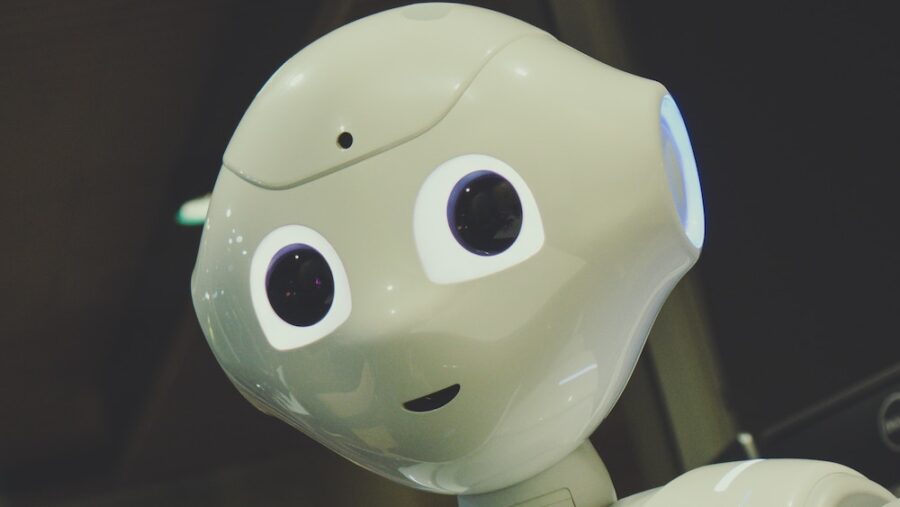
You’ve seen robots that take over the world in sci-fi, but it might be a lot harder for the robots if you could just eat them. A group of scientists at the Swiss Federal Institute of Technology Lausanne might soon be making that a reality with fully edible robots. The team includes experts from all over, including Wageningen University, the University of Bristol, UK, the Italian Institute of Technology, and the Netherlands.
RoboFood
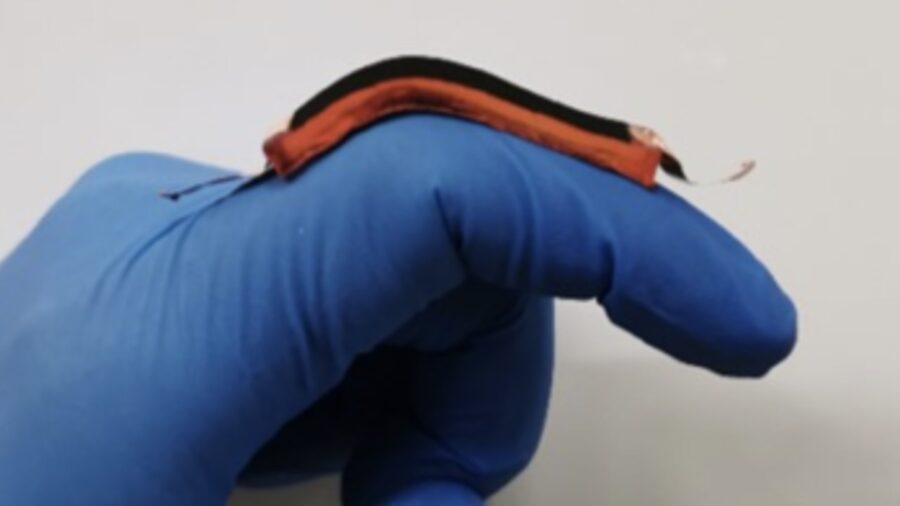
The edible robot project is officially dubbed RoboFood and has the goal of combining food science with robotics to achieve altruistic missions like providing lifesaving nutrition, supplying vaccines and supplements to endangered animals, reducing farming waste, and more. The idea was inspired by researcher Jun Shintake having a conversation with project director Dario Floreano, as Shintake observed, “the main difference between robots and living systems is that robots can’t be eaten by other life forms.”
Edible Building Materials
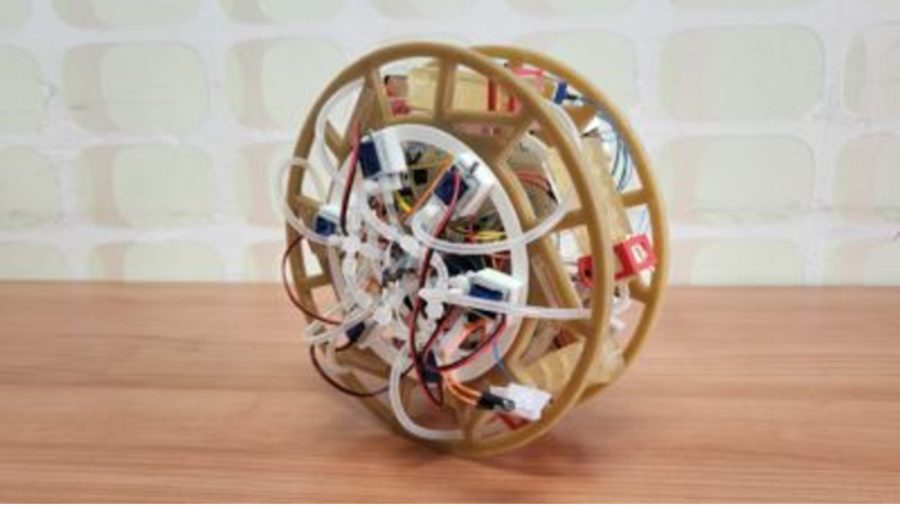
Naturally, Floreano decided to make edible robots after hearing this, and RoboFood was born. But how does RoboFood work exactly? Essentially, the researchers are trying to create a library, or pantry if you will, of smart edible materials that can be used to construct robots and robotic foods. This goal includes creating electronic components like sensors and mechanical structures that can ultimately be consumed.
While the idea of edible robots may seem far-fetched, the team has already made impressive progress on the goal. So far, the RoboFood researchers have learned that some starch and tannins can replace glue when building a robot. They also found that gelatin, rice cookies, and other substances can be used in place of important structural materials like rubber and foam.
Make Airplane Sounds While Flying A Drone Into Your Mouth
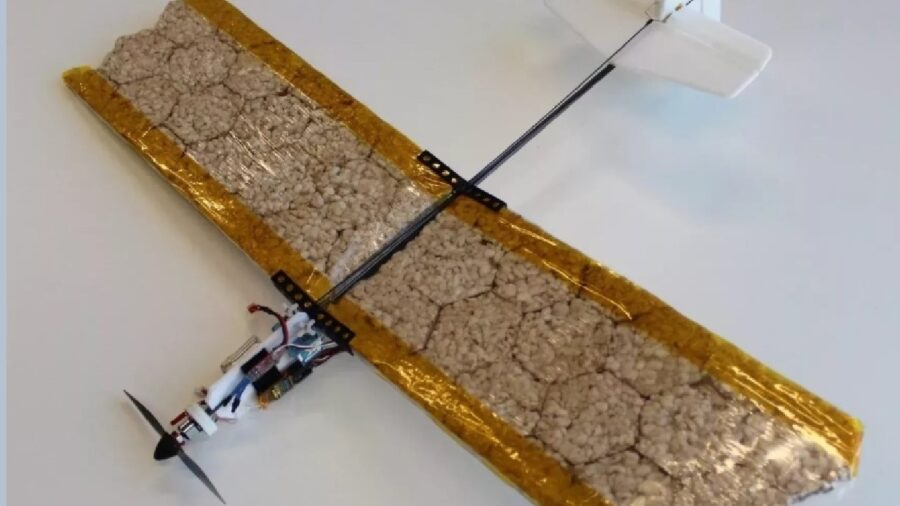
One of RoboFood’s first successful edible robot projects is an edible drone that is constructed with rice cakes, oils, and chocolates. According to the report, you can eat up to 50 percent of the drone, and the goal is to use the drone in rescue operations.
For instance, the drone could be used to locate a lost person or animal for a rescue team to find them, and the person or animal could then eat the edible parts of the drone for essential and potentially life-saving nutrients while they wait for the human team to extract them.
Highly-Efficient Food Delivery Drones
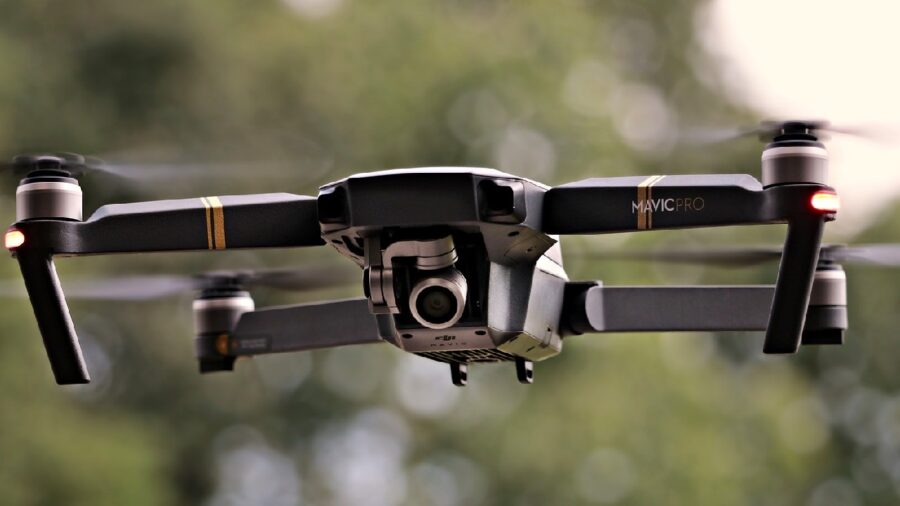
The RoboFood edible robots project has funding from the EU and will continue receiving funding at least until September 2025. Perhaps the team could get even more funding in the future if it continues to make big strides like this edible drone idea. It’ll be interesting to see if the team can replace the electronic components by then.
Edible Technology

Recently, RoboFood presented research on edible batteries and logic circuits, so it seems like the progress toward 100 percent edible robots is going well. And while humanitarian efforts seem like the project’s overarching goal, RoboFood also has some fun ideas. For instance, the home page mentions the idea of a drone delivering your pizza, and then you can have the drone itself for dessert.
Of course, that probably wouldn’t be too cost-effective now. But who knows what the future of edible robots holds? We’ll have to wait and see what else RoboFood has in store.
Source: RoboFood










